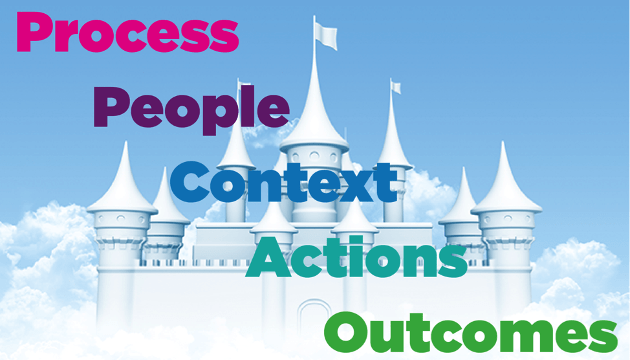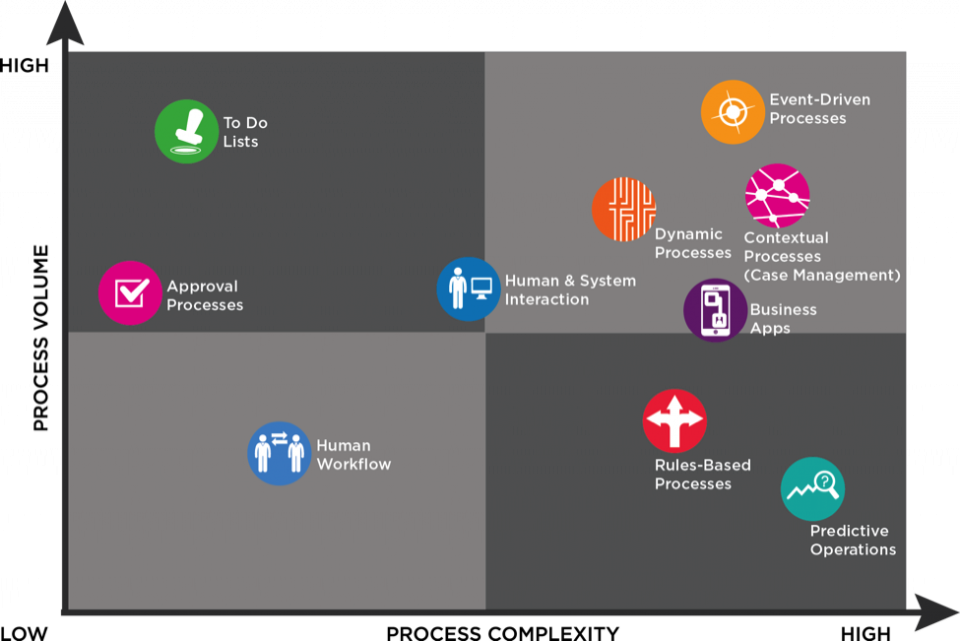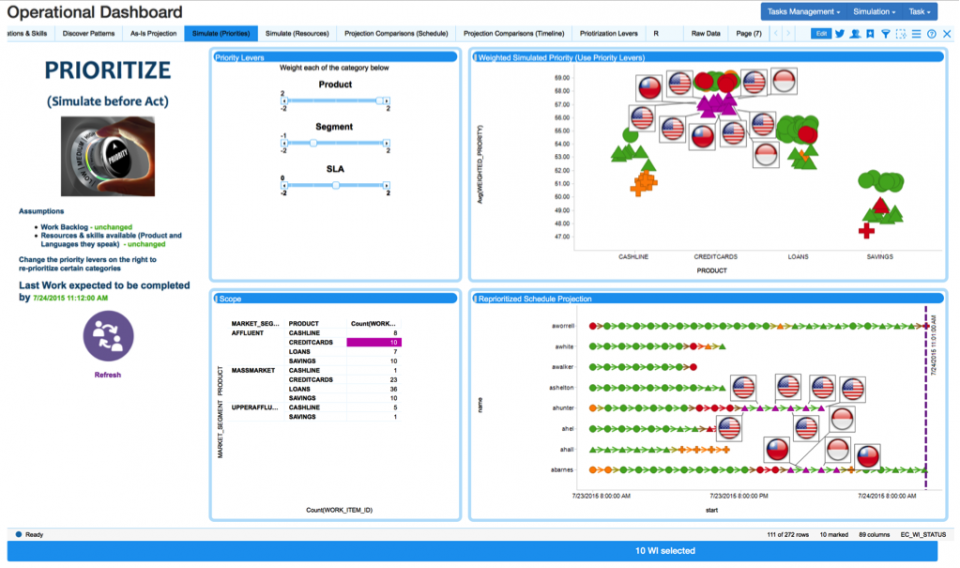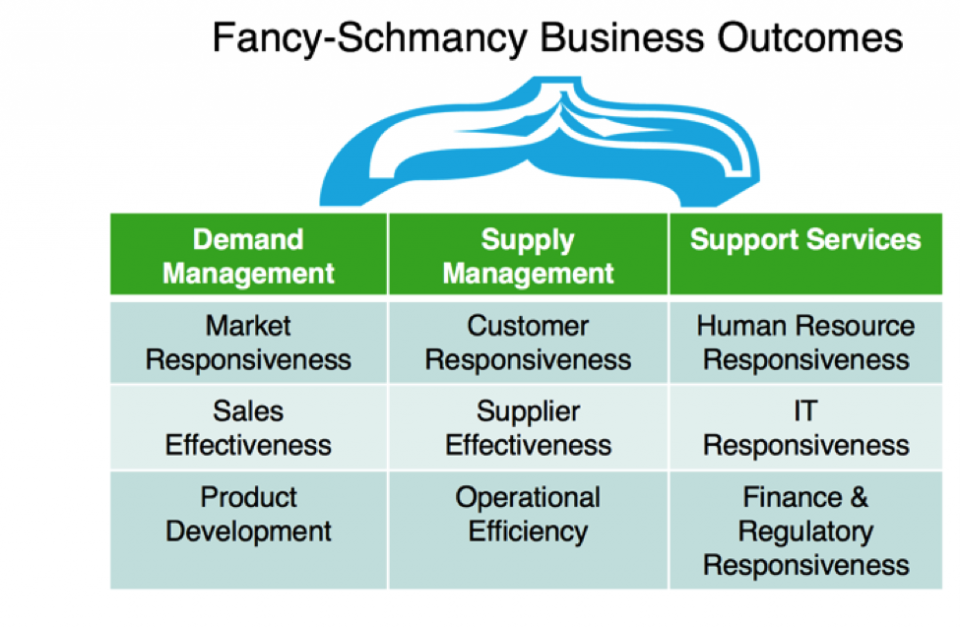
Years ago, when I was just starting to sell BPM software, I had a manager tell me something that I still use to this day. “You will never bore someone into buying something from you.” (Thank you, Raj!) This statement is probably doubly true when you’re selling something as exciting as process and process improvement.
As a process-oholic, process geek, process person, or whatever process aficionado term you identify with, your job is to sell process to your organization. But to do so, you will have to avoid a common process-person pitfall. Don’t try to sell it from the process ivory tower!
A great example is how to answer something like, “What is BPM?”

Unfortunately, this answer sounds a bit like Charlie Brown’s teacher to non-process people. Wah-wah-wah-wwwwahhhh.
After a few years of thinking about it, I have boiled “What is BPM?” down to five words: Process, People, Context, Actions, and Outcomes. In example, TIBCO ActiveMatrix® BPM coordinates process, people, context, and actions for better business outcomes. Ok, there is a little more to it than that.
Process
Process may seem like an obvious choice for business process management, but there is one thing to keep in mind. Not all processes are created equal.

There are many process styles. Some are suited for standardizing processes; some are more geared towards innovation or handling unpredictable business situations. Be sure you are using the right ones in the right places, and the right ones when digitalizing your processes.
People
It is very easy to forget that productive people are just as important as effective processes. There are just as many ways to improve and optimize how one is using their operating resources, as there are ways to improve one’s operational efficiency. Even if you have gone through several rounds of process improvement, a predictive operations dashboard can offer entirely new optimizations.

Context
The full business context must be available to make the new complexity of the digital business consumable. So, what is the “full business context?” There are many types of context, and each situation will require a mixture of them.
|
|
Actions

Process, people, and context come together for decisions, which determine the right course of actions. Intelligent technologies will automatically take some of these actions, and some will rely on human insight. The new challenge is to surface the right actions being presented out of the sea of potential possibilities the digital business brings.
Outcomes

At the heart of every process should be the desired business outcome. If it’s not, well it’s time that you have begun. You can start out with just the basic three, and work your way up to some of the more fancy-schmancy outcomes.

When you are ready to expand into the fancy-schmancy area, a great resource to check out is Gartner’s Business Value Model. They provide information around several common outcomes (see table above) and provide guidance on what to measure to gauge your success in that area.
This is just the first blog on this topic, and I will be exploring these five areas over the coming months. You can learn more about how TIBCO ActiveMatrix BPM supports your process, people, context, and actions for better business outcomes here.





